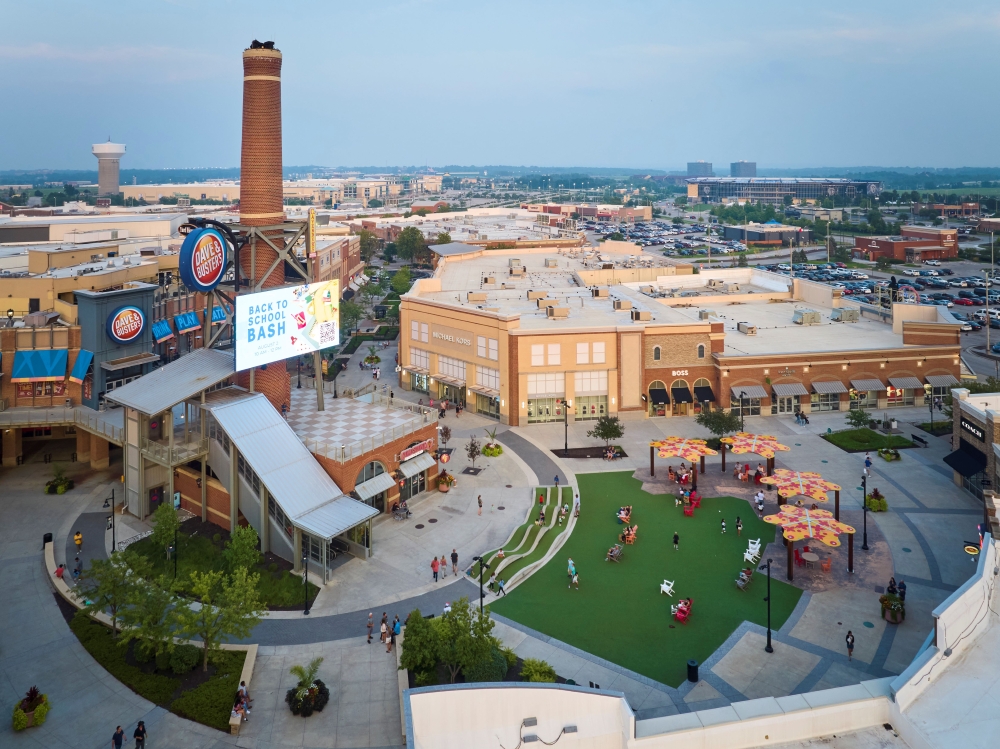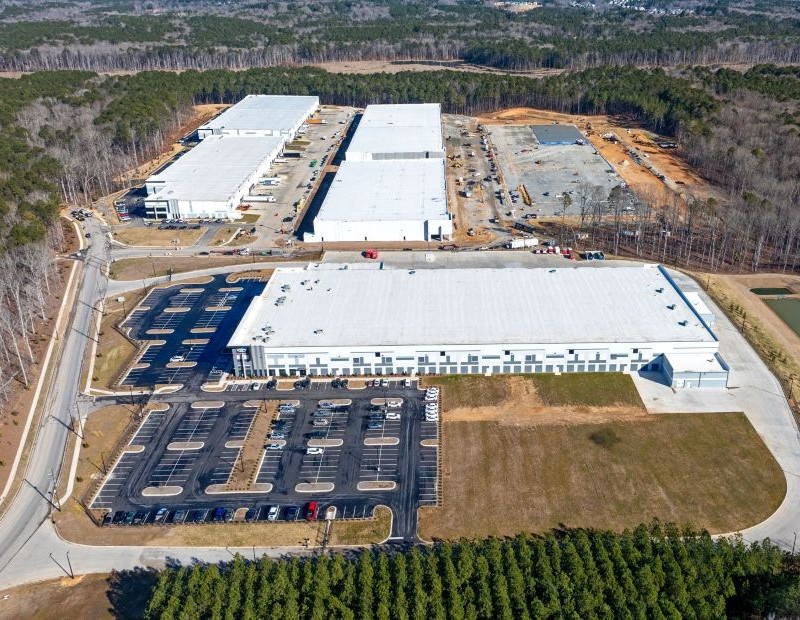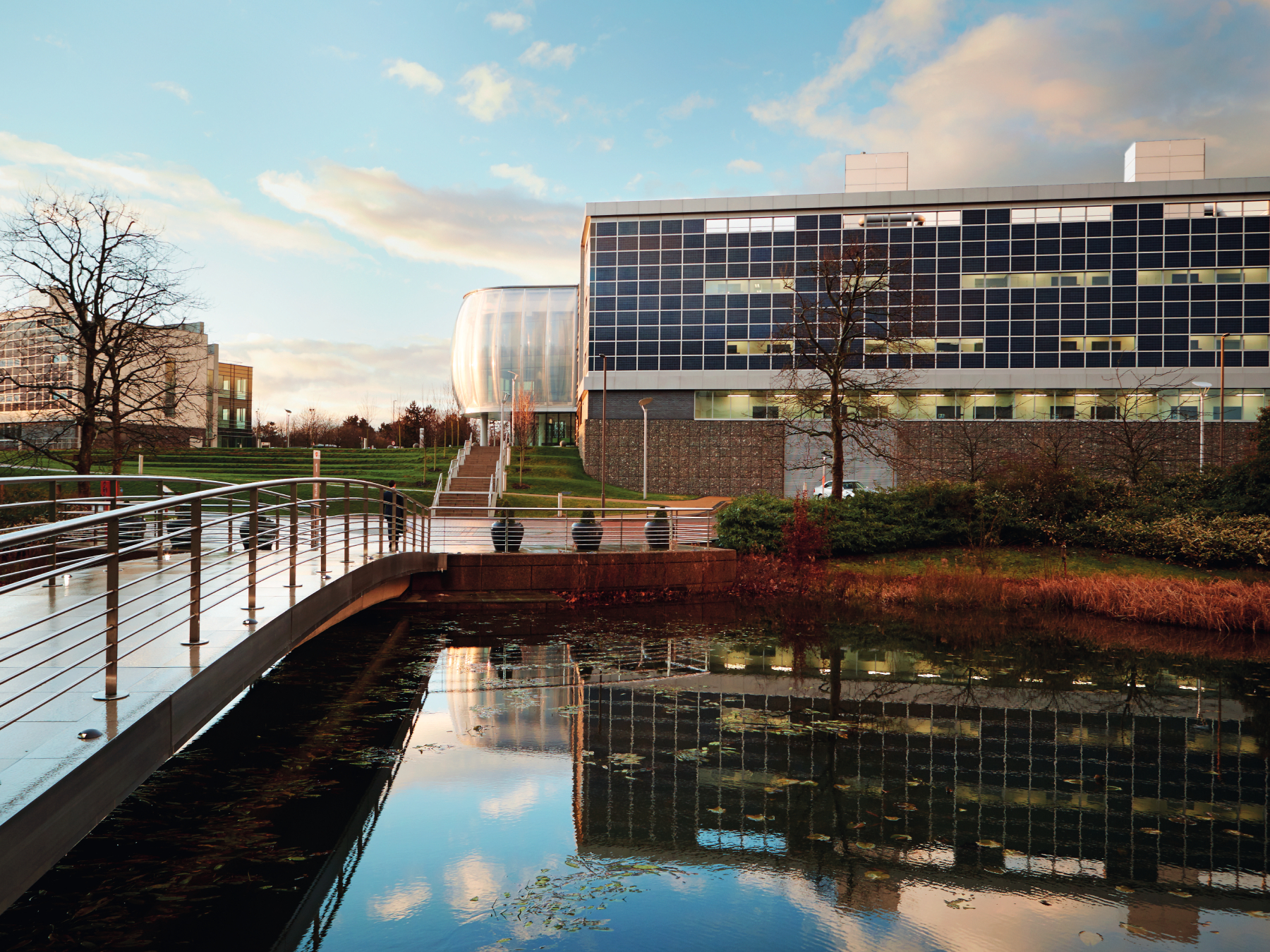Challenges and Solutions for Expanding EV Manufacturing
Meeting the demand for the big switch could be a tremendous opportunity for CRE if certain hurdles are addressed, writes CBRE's Seth Martindale.
The race to build electric vehicle manufacturing plants across the U.S. faces several major obstacles. There are solutions to those challenges, but none of them are quick fixes.
EV adoption continues to steadily increase in the U.S. Established players in the market like Tesla continue to produce millions of vehicles per year, while other major auto makers begin to aggressively enter the market. Compounding the issue is the federal government wanting half of all new vehicle sales in the U.S. to be zero-emission vehicles by 2030.
To support this drastic increase in production capacity, a complex manufacturing network is slowly expanding across North America. This establishment of a completely new EV manufacturing network will create significant benefits through creating new jobs, spurring economic development, and reducing carbon emissions from automobiles. We should fully expect significant growing pains.
Here’s a look at four primary challenges facing this bold expansion of U.S. manufacturing capacity—and a few solutions.
Insufficient infrastructure
The first obstacle is the country’s lack of infrastructure to support significant manufacturing growth. An increase in manufacturing capacity, especially with updated automation technology, requires significantly more power, natural gas, water, and wastewater capacity. This new demand coincides with major growth in semiconductor manufacturing, data centers, and other sectors that exacerbates the issue.
The federal government, state governments, regional utilities, industrial development authorities, and others are addressing the problem as quickly as possible, but building new infrastructure is a slow process given our regulatory framework. If current estimates on increased utility use to support manufacturing growth are true, we should expect that some regions of the country simply won’t meet the utility requirements until infrastructure is upgraded.
Labor squeeze
There is a limited amount of skilled trade workers available nationally. In addition to adequate infrastructure, new manufacturing plants need ample labor supply. That’s problematic because unemployment is near an all-time low nationally, and it’s even tighter for skilled trades.
The national narrative is slowly shifting from a focus on four-year college education to a heavy emphasis on the value of skilled trades and their associated income. Increasingly more young workers value the trade-off between limited schooling for little or no debt over attending a four-year university at great expense. Building on this trend, Economic Development Organizations are pushing to adjust early education curricula, sometimes as early as elementary school, to generate more workers in skilled trades. However, as with infrastructure buildout, this will take time. Companies will continue to focus heavily on automation, but that won’t completely negate the need for capable workers in new EV manufacturing facilities.
Site selection conundrum
Beyond the relative shortages of labor and infrastructure, there is a limited number of pad-ready sites zoned and permitted appropriately to support a new manufacturing facility. Most communities like the idea of the high-paying jobs that these facilities create, but they don’t want the plants in their backyard. This “NIMBY’ism” and increasingly long approval timelines for permits and zoning changes make it difficult to assemble the large parcels of land needed for manufacturing plants. Development-ready sites that do exist, especially in lower cost areas, are snapped up quickly.
Climate risks
Then there’s the wildcard of climate change. While the transition to EVs likely will lead to less dependence on fossil fuels and perhaps help to mitigate climate change, this won’t happen quickly. In the meantime, manufacturers face making location decisions today for plants with an operating life of 30+ years. Those considerations can include long-term water viability in the Southwest, hurricanes in the Southeast, snowfall and flooding in the Midwest, wildfires in any state, or other potential impediments to steady operations. These could be critical issues 30+ years in the future.
Solutions include incentives, efficiency
These are significant, long-term challenges. However, there also are tailwinds for manufacturing growth. First is the level of support from the federal government. Between the CHIPS Act and Inflation Reduction Act, an unprecedented level of funding is being pushed out nationally to support the creation of a new and improved U.S. manufacturing base. The funding isn’t focused solely on EVs, but a large portion will directly benefit the EV industry.
State and local governments are also outlaying significant economic incentives to support job creation and capital investment. These can include discretionary funds to offset infrastructure costs, property tax abatements, direct rebates on new taxes generated, and a variety of other programs. These additional funding sources can help a project pencil out financially.
Additionally, most projections used to estimate the increased utility demand assume that every single manufacturing project in the market reaches full utilization. Typically, engineering teams assume a new plant will need the maximum capacity required. Even so, it is unlikely that every manufacturing project meets its full potential. If the overall need isn’t as high as forecasted, the gap in meeting infrastructure demands might not be as a severe as some expect.
Finally, developers and manufacturers will find multiple opportunities to take advantage of market inadequacies and supply-demand gaps. Those companies that can take advantage will monetize the benefit. Being left behind in the race to establish a large-scale manufacturing presence in North America is simply not an option for a profit-motivated corporation. This also forces these same companies to innovate to reduce production costs. As this innovation takes hold, the overall need for utilities and workers to support the manufacturing process will decrease which should alleviate pressure.
The development of the EV manufacturing network alone would be one of the most of the dynamic changes in the U.S. industrial economy had seen in decades. It will be difficult to achieve the ultimate goal of fully electrifying our economy and drastically reducing fossil fuel usage, but times of stress have inevitably led to huge leaps forward in technology, efficiency, and prosperity. While the goal is a lofty one, it is an exciting time full of opportunity as the country strives to get there.
Seth Martindale is a senior managing director of Site Selection & Location Incentives for CBRE Americas Consulting. He is vice chairman of the Site Selectors Guild and a member of the SelectUSA Investment Advisory Committee.








You must be logged in to post a comment.